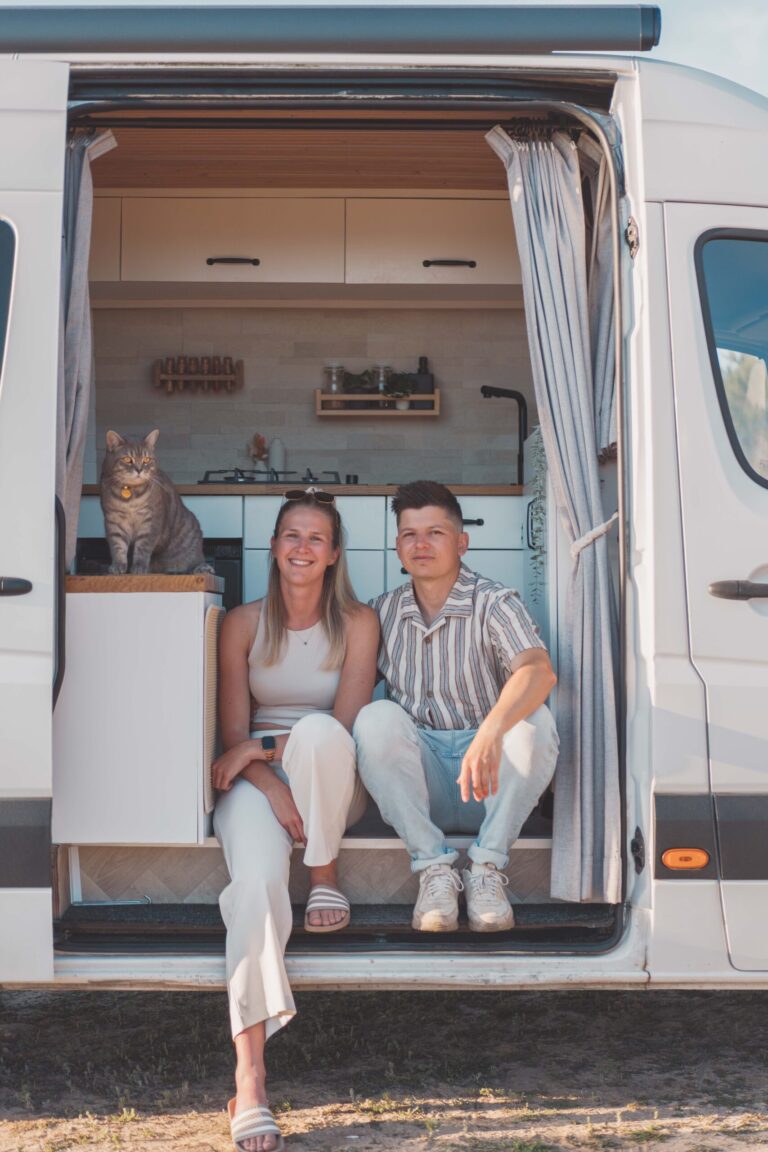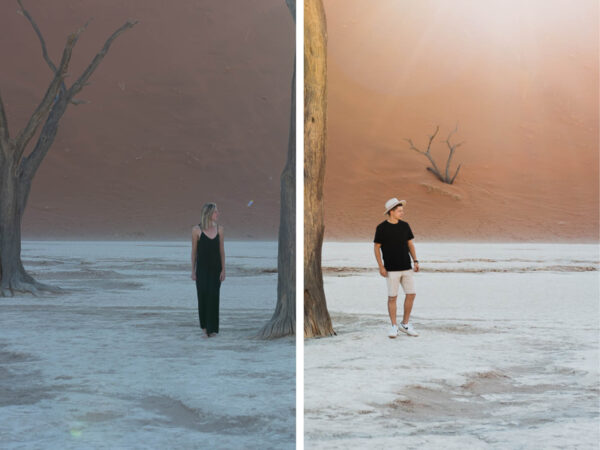Overview
Legislation
The first important thing before you start converting a van, is knowing what is possible and/or allowed and what’s not, for example maximum weight, removing the partition, making holes, driving license categories… .
You have to make sure which conditions your converted van must meet in order to be allowed to drive on the road and camp. Sometimes, you even have to ask permission from the manufacturer to make certain changes in your van. These rules differ for almost every country, so make sure you check the conditions of your country to comply with the legislation. You don’t want your car to be rejected after all the hard work you put into it. Once you removed a part that you shouldn’t have removed, it’s difficult to put it back in afterwards.
Budget
Building on a limited budget requires thoughtful planning, prioritization, and resourcefulness. By allocating funds strategically and making informed choices, you can create a camper that suits your needs and financial capabilities.
Start by determining your budget based on your financial situation and available funds. Consider what you can comfortably afford and be mindful of any unexpected expenses that may arise during the project. Setting a clear budget from the outset will guide your decision-making process.
Next, prioritize the essentials. Identify the key components and features that are essential for your camper, such as a comfortable bed, basic kitchen facilities, and storage. Allocate a significant portion of your budget to these essentials, ensuring you have the fundamental elements in place.
Research and compare prices for materials, appliances, and camper accessories. Look for deals, discounts, and consider purchasing used items in good condition. Online marketplaces, local classifieds, and camper forums can be valuable resources for finding affordable options.
Consider which tasks you can handle yourself and where professional assistance may be necessary. DIYing certain aspects of the project can save on labor costs, but it’s important to recognize your own skills and limitations.
Keep a detailed record of your expenses throughout the project. Track receipts, invoices, and documentation of all purchases and expenditures. Regularly review your expenses to assess your progress and identify areas where adjustments can be made to stay within your budget.
It’s wise to allocate a contingency fund within your budget. This fund should account for unexpected expenses or unforeseen challenges that may arise during the construction process. Setting aside around 10-15% of your total budget for contingencies provides a cushion and ensures you’re prepared for any surprises along the way.
Engage with the DIY camper community to gather cost-saving ideas and tips from experienced builders. Participate in forums, join social media groups, and attend camper-related events or workshops. The DIY community is often generous with their knowledge and can offer valuable insights to help you make the most of your budget.
Lastly, be flexible and resourceful. Understand that you may need to make trade-offs, find alternative solutions, or postpone certain upgrades or features to stay within your financial limits. Embrace creativity and think outside the box to find affordable solutions that still align with your vision for your camper.
By carefully budgeting for your DIY camper project, you can achieve a satisfying outcome that balances your goals and financial constraints. Building on a budget requires thoughtful planning, prioritization, and resourcefulness, but with determination and creativity, you can create a camper that brings you joy and fits comfortably within your financial means.
inspiration
Sketch
Once you know roughly what you want your van to look like and how you want to organize your furniture and facilities, you can make a raw provisional sketch. Keep in mind the dimensions and the proportions to each other of everything you want to put in your van. This way you get an idea of how big your van should be.
Search and buy
Now you can start looking for your ideal van, considering your budget, how much you want to spend on the van itself and in which condition you want it to be, the necessary dimensions for your facilities… . Keep in mind that prices of vans vary depending on their condition. Set realistic requirements of the vans condition (brand, mileage, year of construction, damage, defects, condition of the motor … ) depending on your budget or vice versa.
Before you buy, make sure everything you want inside your van, will actually fit. Don’t be afraid to measure all different dimensions and keep in mind insulation, flooring etcetera also take a little space.
Don’t hesitate to send us a message if you have more questions about your perfect van or if you want to ask our opinion about a van you have in mind.
Note
If a price looks too good to be true, it is. If you’re a layman when it comes to cars, seek advice or a second opinion from a professional. Also, don't buy a van that already drove too many kilometers. You don't want your car to break down after 10 kilometers and all your work has been in vain.
Disclaimer
This blog is a guide on how we converted our camper. We are not responsible for any problems or damage during the conversion of your camper.
The information on this blog is to be used at your own risk and your own judgement. You assume full responsibility and liability for your own actions.
Win-Win for everyone
Did you know that, if you buy or book something through our links, we receive a small commission?
However, you still pay the same and therefore have no extra costs! So a win-win for everyone. This way, we can continue to add even more travel inspiration and tips to this blog for your next adventure. Thanks a lot!
Thank you for visiting our blog
We hope you find our free travel guides and tips useful. If you want, you can support us virtually by ‘buying us a coffee‘.
Every contribution, no matter how small, is greatly appreciated and will help us continue to share our passion with you and grow this blog.
This blogpost was about:










One Response
Thank you for doing this.